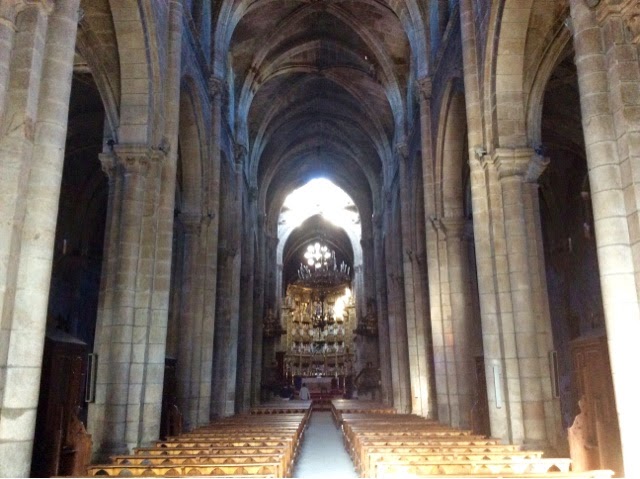Click on April archive on the right for the start of the trek from Seville
To see the video of my trek click HERE
To see the video of my trek click HERE
The sole aim of my local hospice is to ensure that no one dies alone, in pain or without dignity. I hope you have enjoyed my blog.
My donation website at: www.justgiving.com/stlukespilgrim
A few bits information:
1. The donations are handled by an international organisation who insure the money goes direct to the charity. Your donation comes nowhere near me.
2. You can donate in any currency and this gets converted at the current exchange rate info GB £
3. Why not consider making a donation for a loved one. You can leave a dedication on the website.
4 if you prefer your personal information not to show up on the website you can do this also.
5 I do fully understand that we all have our local charities to support in every corner of the World and I wish you well with yours.
Thank you for allowing me to mention this,,now back to the Camino.
The hill out of Oseira was steep but I was soon deep in the heart of the Galician countryside and walking its narrow drover's paths that were awash with run off from the fields, meaning that I often had to hop over a wall and beat a path through a field. Occasional shrubs had starting growing across the path which suggested not too many people came this way.
I pressed on through farms where the smell of rotting silage pervaded the air. It was the first time that I had passed through so many working farms grouped so closely together.
In places cords of wood were being collected, not for this years fires, but for next year. The wood for this year would be gently seasoning over the coming months having been stored from last year.
Next years silage was also being cut and left to dry, some were readying their ancient equipment for the summer toil, while other premises were displaying thier support for the Camino.
In one village I lost the arrows. The signing around here is not too good. It meant a loss of some forty minutes but when I did find the track I had two agresseive dogs to contend with. One came from behind and one in front. Both large, both snarling and both baring their teeth. I dealt with both by making out to throw stones at them.They left the scene.
I was criss crossing a major road that was separated from the track by a wire fence. Along the line of the fence passing pilgrims had place makeshift crosses simply by threading two bits of wood through the wire. I think it was a sign for them that they were reaching the end of their journey.
Thirty eight days and 1000kms after leaving Seville I stood at the altar of St James in the Cathedral at Santiago de Compostela. I moved to a side chapel, lit the candles and said the words I had been requested to. Each morning I had fired up my engine by reciting the words of that great poet, Robert Frost. Now, my task was done I convoluted his words somewhat as I left the cathedral.
I'd no more promises to keep, no miles to go before I sleep.
People ask what I get out of this and the answer is always the same. At mid-day tomorrow I will be flying over the Pyrenees on my way home. In the cathedral at Santiago a mass will be taking place. The priest will face the congregation, raise his hands and say,
'An English pilgrim has arrived from Seville.'
And that will be sufficient for me.
Thank you for following me on my trek, and may your God go with you.
www.justgiving.com/stlukespilgrim

































































